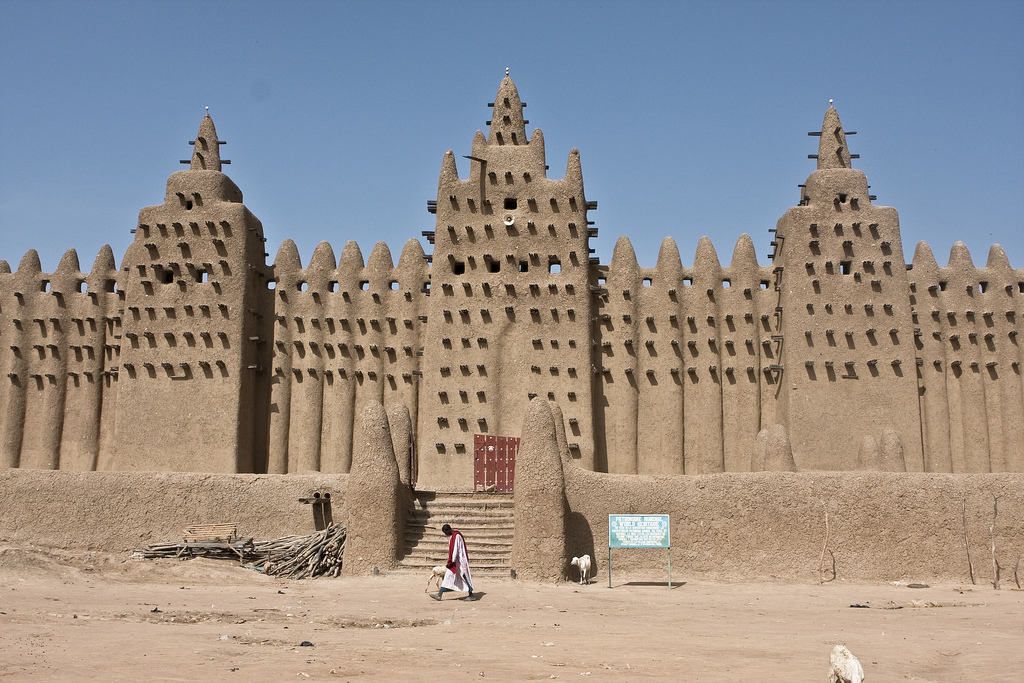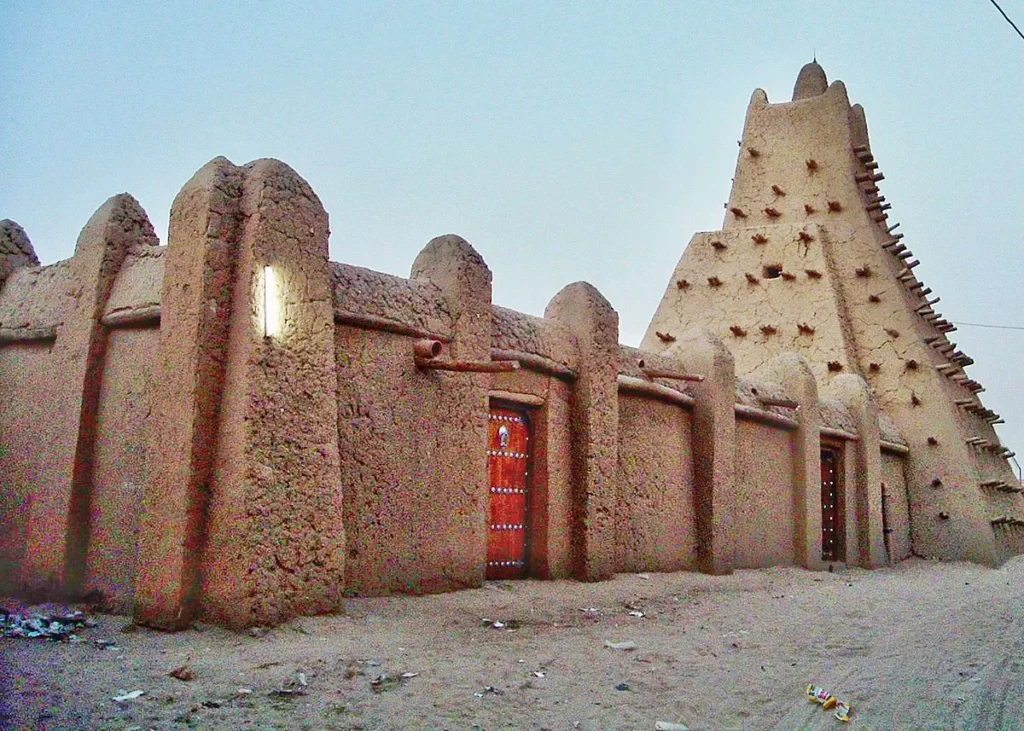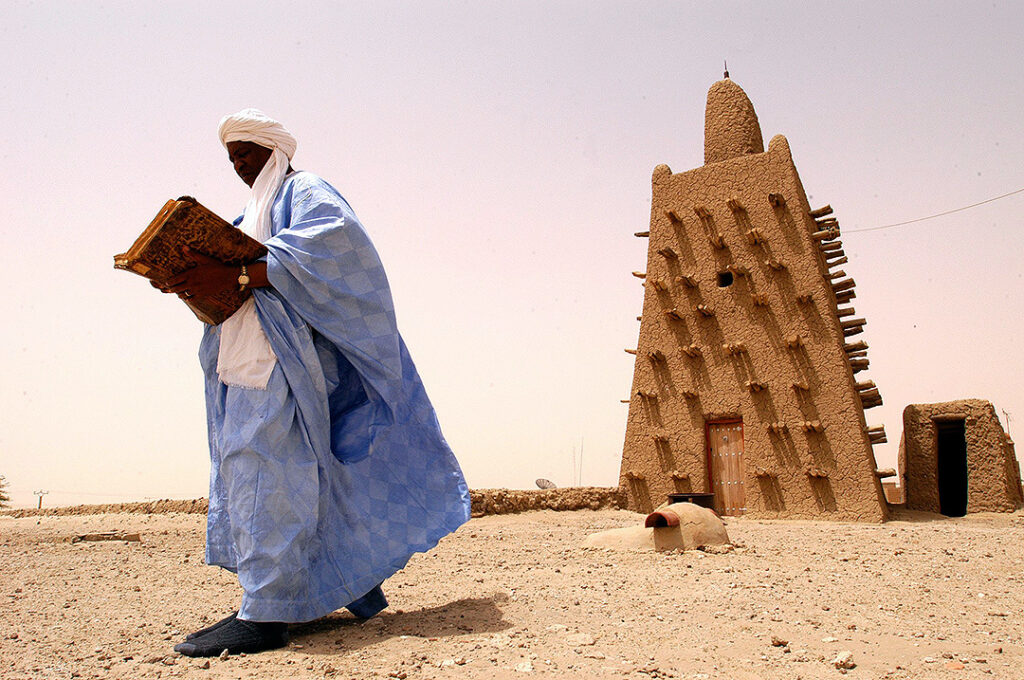“The Mali Empire: Gold, Glory, and the Great Kings of West Africa”

The Mali Empire was one of the most powerful and culturally vibrant empires in African history. Flourishing from the 13th to the 16th centuries in West Africa, Mali was a center of wealth, learning, trade, and Islamic culture. At its height, it encompassed large parts of modern-day Mali, Senegal, Gambia, Guinea, Niger, Nigeria, and Mauritania. Its capital city, Timbuktu, became world-renowned as a hub for Islamic scholarship, while emperors like Sundiata Keita and Mansa Musa left lasting legacies in governance and global diplomacy.
Origins and Founding
The Mali Empire was founded in the early 13th century by Sundiata Keita, a legendary figure whose story is preserved in the Epic of Sundiata, a cornerstone of West African oral tradition. Sundiata united various Mandinka tribes and overthrew the Sosso king Sumanguru Kanté, establishing a strong centralized state.
Key elements of the empire’s foundation included:
- Unification of Mandé tribes
- Establishment of a hereditary monarchy
- Formation of a constitution-like charter (Kouroukan Fouga)
- Emphasis on justice and social organization
Expansion and Golden Age
Under Sundiata and his successors, particularly Mansa Musa I (r. 1312–1337), the Mali Empire expanded dramatically. At its height, it controlled much of the trans-Saharan trade in gold, salt, ivory, and slaves, making it one of the wealthiest empires of the medieval world.
Mansa Musa’s Reign:
- Known as the richest man in history (according to some economists and historians)
- Famous for his pilgrimage to Mecca in 1324, where his lavish spending shocked Cairo and brought Mali to the attention of Europe and the Islamic world
- Invested in building mosques, schools, libraries, and universities
- Helped make Timbuktu and Djenné centers of Islamic scholarship

Government and Administration
Mali was a monarchical empire with a highly organized bureaucratic structure. The emperor, or Mansa, held absolute power but governed through a network of trusted nobles, governors (called “farbas”), and military commanders.
- The empire was divided into provinces with local rulers loyal to the emperor.
- Taxation systems and tribute ensured a steady income.
- Islamic principles and Sharia law were adopted alongside traditional customs.
Culture, Religion, and Education
Though rooted in animist traditions, Mali became increasingly Islamic under its ruling class. However, Islam coexisted with local beliefs for centuries, creating a unique syncretic religious culture.
- Arabic literacy spread, especially among the elite.
- Timbuktu’s Sankore University and its vast libraries made it a beacon of knowledge in Africa and the Islamic world.
- Architecture flourished with Sudano-Sahelian styles, as seen in the Great Mosque of Djenné.
- Griots (oral historians and musicians) preserved Mali’s history through storytelling, music, and poetry.
Economy and Trade
Mali’s economy was built on its strategic control of trade routes and access to vast gold and salt mines.
- The empire was at the center of a trans-Saharan trade network linking West Africa to North Africa, the Middle East, and Europe.
- Key trading cities: Timbuktu, Gao, Niani, and Djenné
- Goods traded: gold, salt, kola nuts, ivory, slaves, textiles, and horses
Mali’s prosperity made it famous across continents. European cartographers, like those behind the Catalan Atlas (1375), even depicted Mansa Musa holding a golden nugget on medieval maps.
Decline and Fall
After Mansa Musa’s reign, the empire began a slow decline due to:
- Succession disputes and internal rebellions
- Invasions from neighboring kingdoms like the Songhai
- Loss of control over key trade routes
- Rise of independent states within its former territories
By the late 16th century, the Songhai Empire had overtaken much of Mali’s former lands, and the once-mighty empire had fractured into smaller kingdoms.
Legacy
The legacy of the Mali Empire endures in many forms:
- It represents one of Africa’s greatest precolonial civilizations.
- Mali’s role in Islamic learning remains a symbol of African intellectual history.
- The wealth and power of Mansa Musa have become global legends.
- Mali’s traditions—oral storytelling, music, architecture—continue to influence West African culture.

Conclusion
The Mali Empire was a beacon of African strength, scholarship, and economic power. From the inspirational rise of Sundiata Keita to the legendary pilgrimage of Mansa Musa, Mali carved out a prominent chapter in world history. As traders crossed deserts and scholars illuminated manuscripts under mud-brick domes, Mali stood not only as an empire of gold—but of knowledge, tolerance, and resilience.




